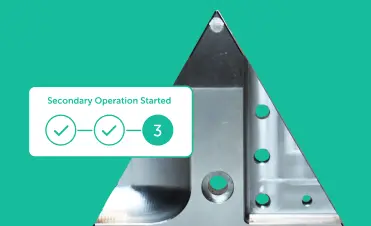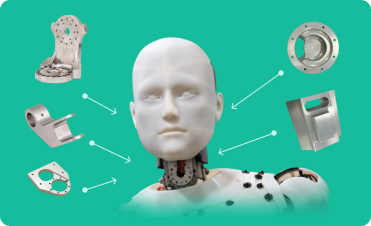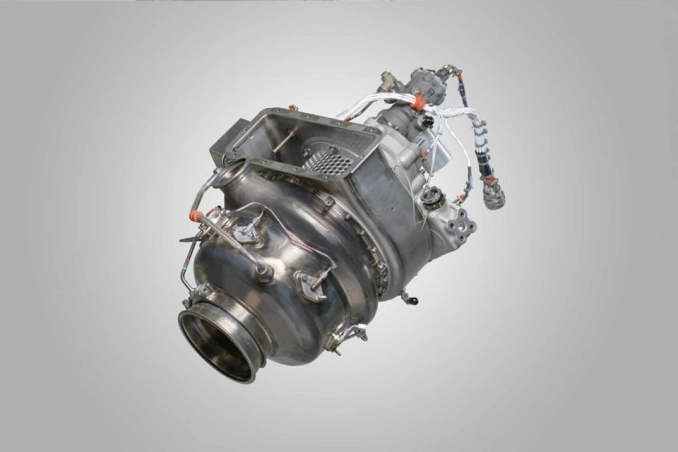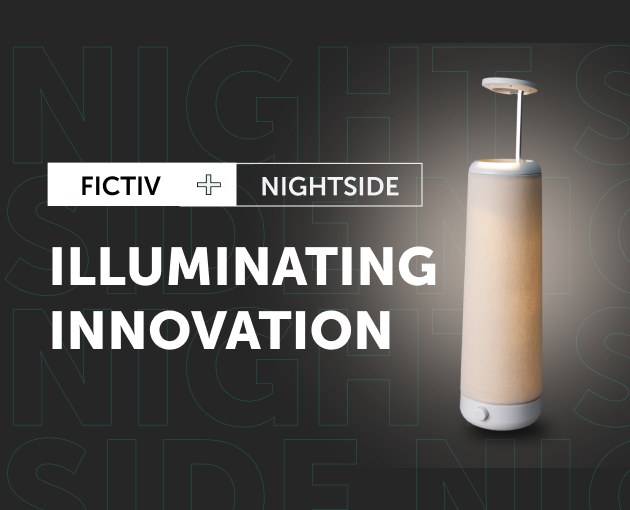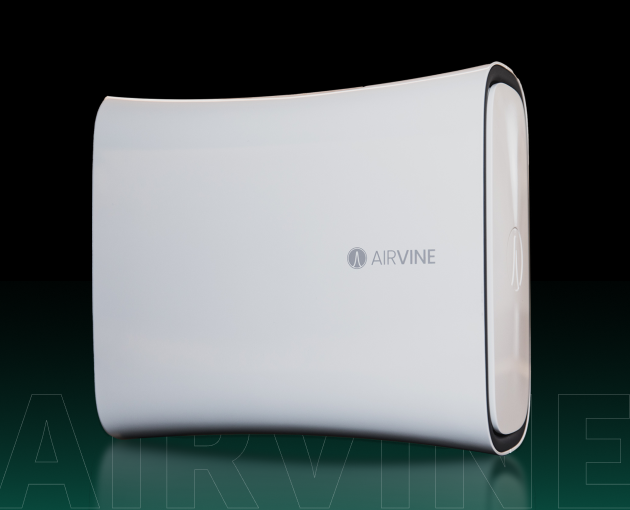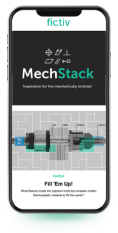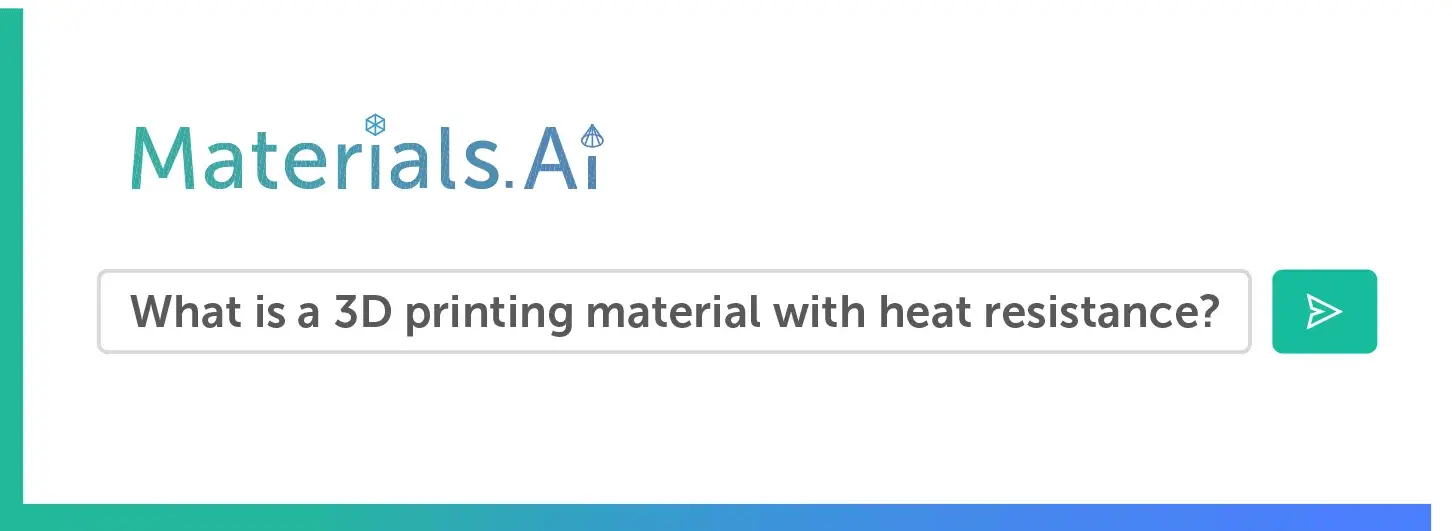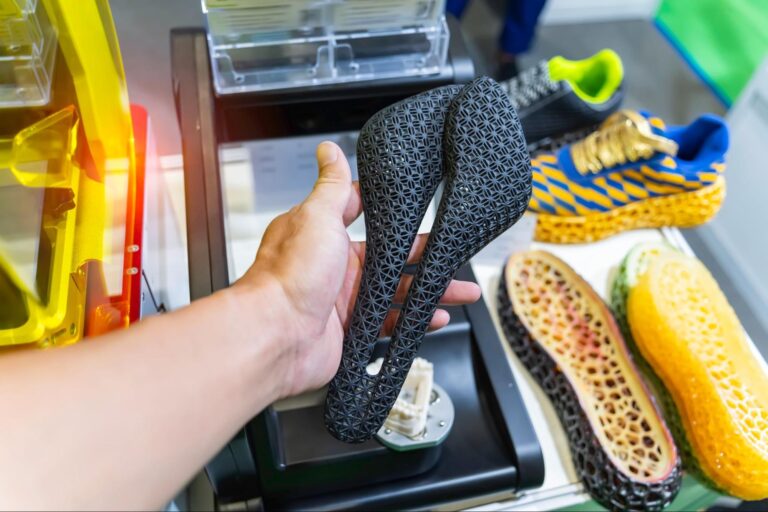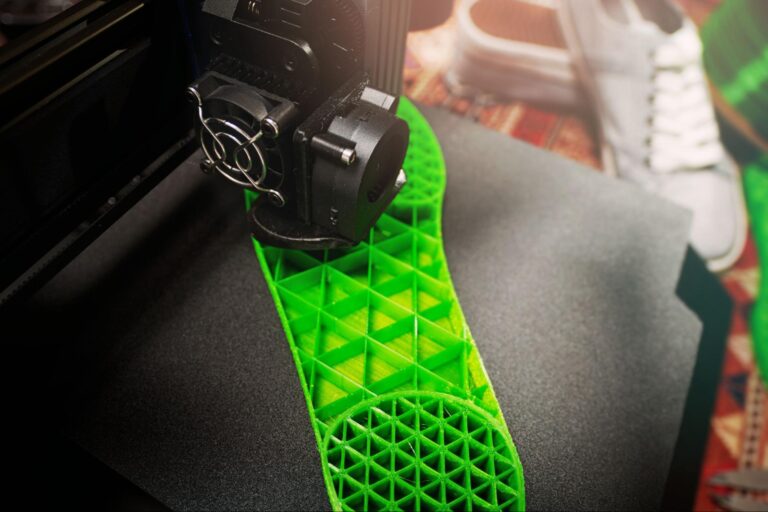Time to read: 7 min
Sheet metal fasteners, such as self-clinching nuts, studs, and standoffs, provide strong, reusable threads in thin sheet assemblies where traditional methods like welding or tapping are not feasible. These fasteners are pressed into pre-punched holes, displacing the surrounding material to form a permanent, load-bearing anchor. They are widely used in electronics enclosures, aerospace panels, and automotive assemblies for efficient and reliable connections.
The use of sheet metal fasteners enables very thin sheets of metal to be reliably fixed together in load-bearing applications. While welding and gluing are alternative sheet metal joining methods, sheet metal fasteners remain key, especially for applications where products may need to be disassembled.
How Are Fasteners Used in Sheet Metal?
Sheet metal fasteners are the mechanical option for joining sheet metal parts. Alternatives to mechanical fastening include rivets, welding, and adhesive solutions. While sheet fasteners are best for detachable joints, welding is a stronger option for permanent joints. Adhesives add the least weight to an assembly, and they allow dissimilar metals to be joined without the risk of galvanic corrosion.
However, welding thin sheet metal can be very difficult, and tapping sheet metal to create a thread so that traditional threaded fasteners can be used is sometimes not ideal or possible due to thickness constraints. In these instances, self-clinching fastening hardware can be installed on the sheet metal to facilitate assembly. Because they only require access from one side of the sheet, self-clinching fasteners simplify assembly in blind or line-flow manufacturing processes, reducing handling and improving throughput.
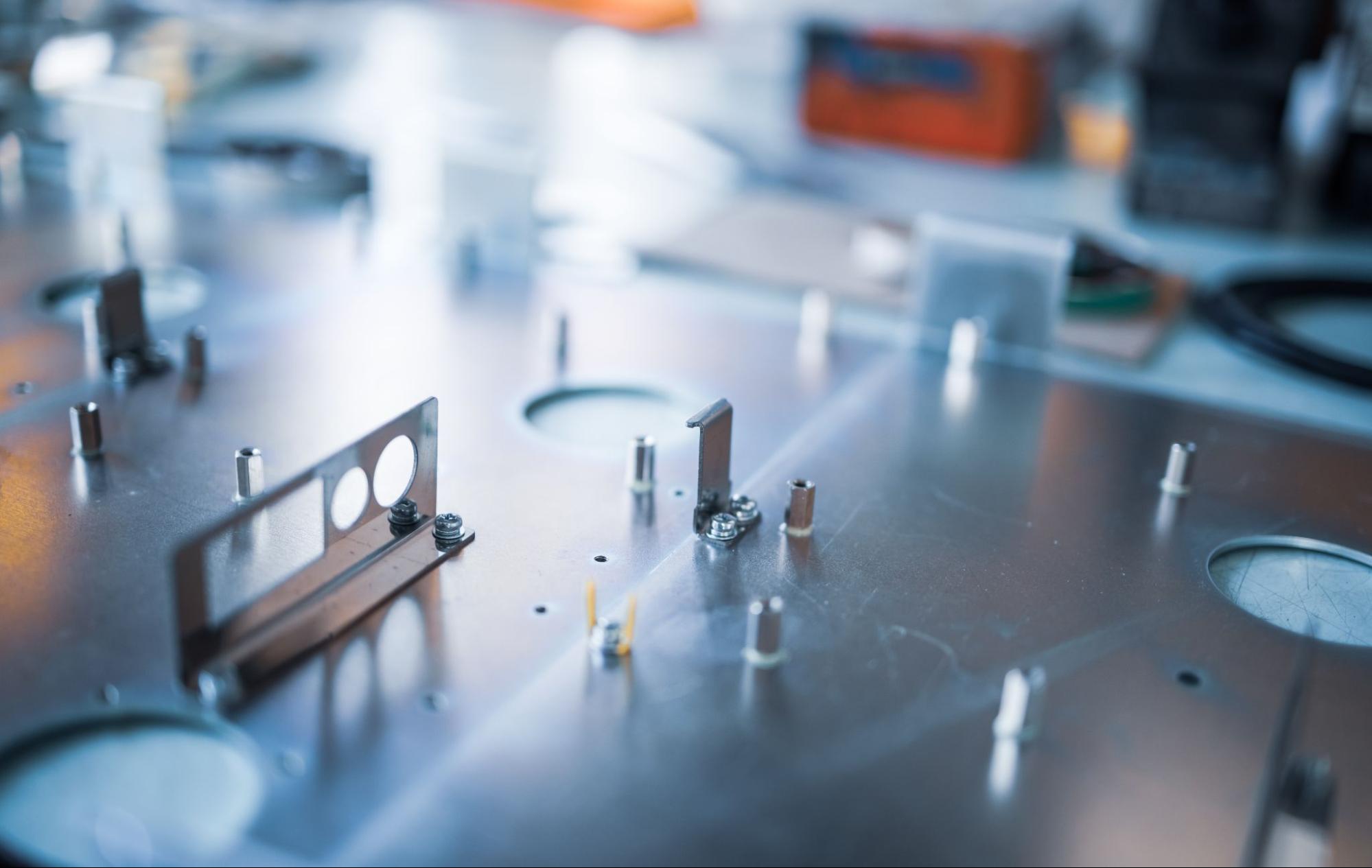
How Self-Clinching Fasteners Work
Self-clinching fasteners are installed into a properly-sized hole in sheet metal using a press to deform the sheet metal around the edge of the hole. This works using cold flow, where the sheet metal flows into the recess ring around the outer shank of the nut or stud. The metal now in the recess prevents the fastener from falling out, even under loading. Additionally, there is knurling on the shoulder of the fastener, which prevents the hardware from rotating in the sheet metal.
Self-clinching hardware allows the use of threaded fasteners in even the thinnest gauges of sheet metal. Standard hardware can be used in sheet metal as thin as 0.8 mm, and some ultra-thin self-clinching fasteners can be used in sheet metal as thin as 0.50 mm due to their low profile and small diameter.
Types of Self-Clinching Hardware
The main types of self-clinching sheet-metal joining hardware (commonly known under the brand name “PEM®” from PennEngineering) are listed below:
PEM Nuts
PEM nuts are added to sheet metal to attach threads used for fabricating sheet metal assemblies. They are installed by pressing the nut into a pre-punched hole in the sheet metal. The sheet metal flows into a recess around the nut. The flow of metal into a serrated clinching ring in the fastener recess means that once installed, they cannot be removed.
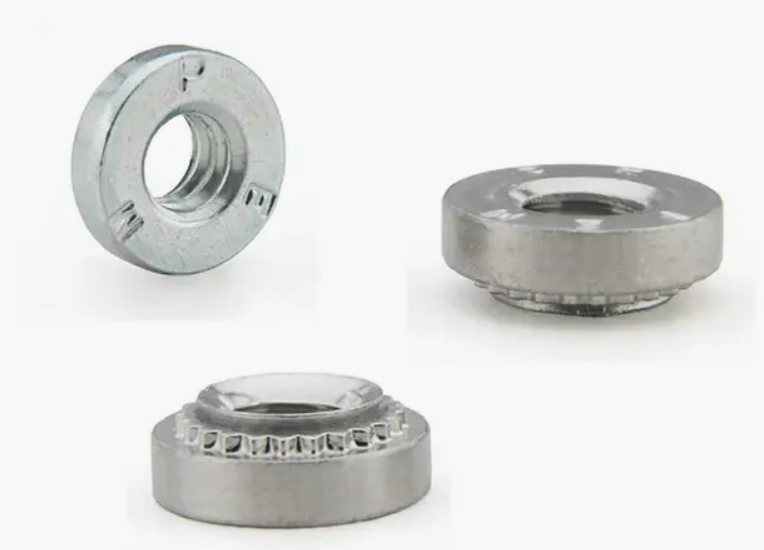
PEM Studs and Pins
PEM studs and pins operate on the same principle as PEM nuts. However, the stud features a threaded shank used to assemble sheet metal parts. PEM pins are unthreaded and are utilized for precision alignment of parts.
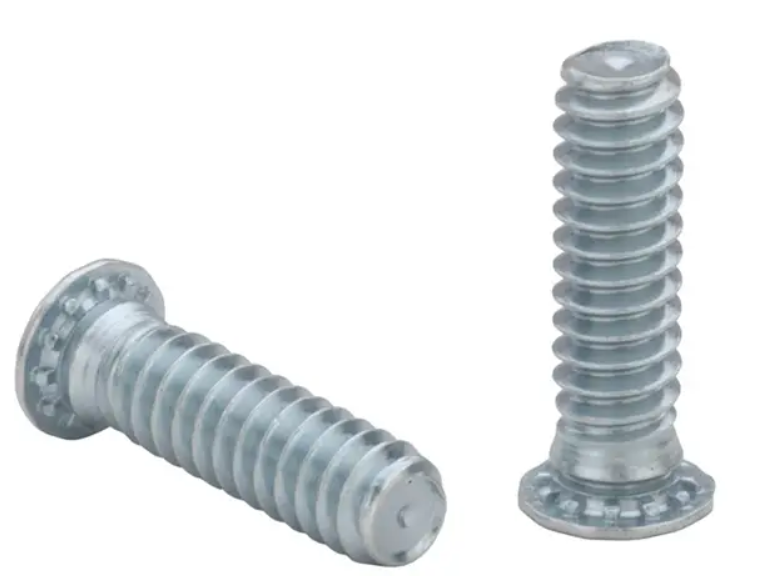
Self-Clinching Standoffs
Standoffs work and are installed in the same manner as PEM nuts, but they protrude from one side of the metal to maintain a consistent distance between assembled parts.
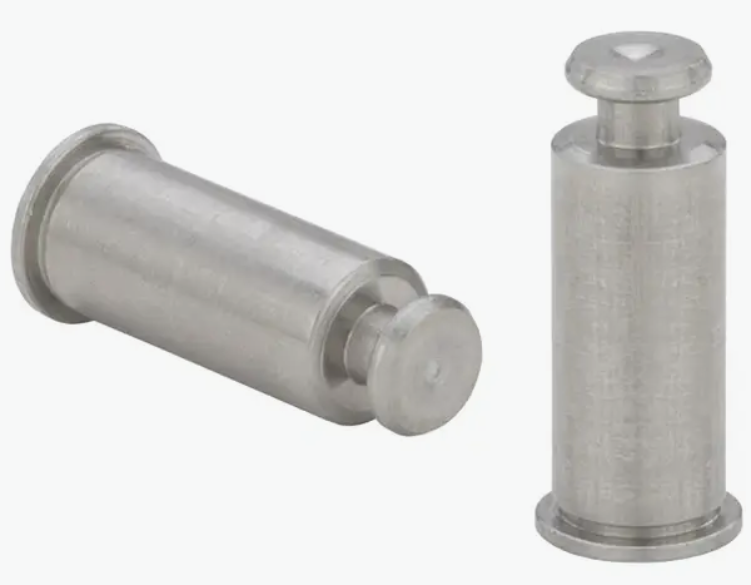
Self-Clinching Panel Fasteners
Panel fasteners are fittings that hold a captive screw with spring retention that keeps the stud retracted. This makes it easy to install and uninstall panels for maintenance and repair.
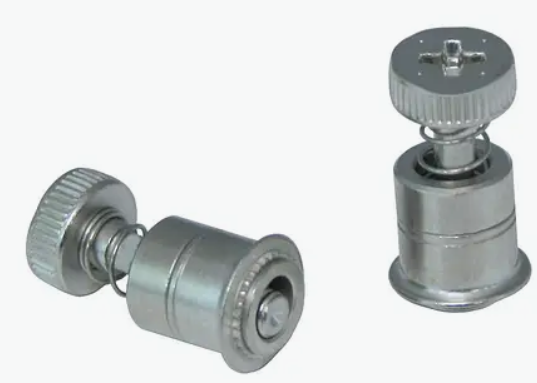
Installation Methods and Best Practices
- The first step is to drill or punch a precisely sized and located hole into ductile sheet metal. The hole does not need to be deburred, as this excess material aids the cold flow process.
- Locate the shank of the self-clinching fastener in the hole from the same side the drill or punch entered.
- Support the underside of the sheet metal with an anvil and press the hardware into the sheet metal with an arbor or a punch. If the hardware is a nut, it should be pressed into the metal with the squeezing force recommended by the fastener manufacturer.
- Visually inspect the hardware to ensure that the knurling is fully embedded in the surface of the sheet metal, preventing the fastener from rotating in the hole.
Installation Tips for Self-Clinching Fasteners
- Ensure the shank is square in the hole before applying force, and that the press delivers a consistent and even force perpendicular to the sheet metal.
- The sheet metal must be 20 points softer on the Rockwell B hardness scale than the fastener to ensure it will deform without fracturing, allowing for material flow.
- To prevent galvanic corrosion, use compatible finishes or post-treatment. Do not use unplated steel fasteners in bare aluminium without anodization.
- Ensure that any bolts used with a self-clinching nut are installed on the opposite side from where the nut was pressed, as the clinched metal is only designed to hold the nut in place and not to take the force required for assembly. The screw will then pull the nut into the sheet metal rather than forcing it out.
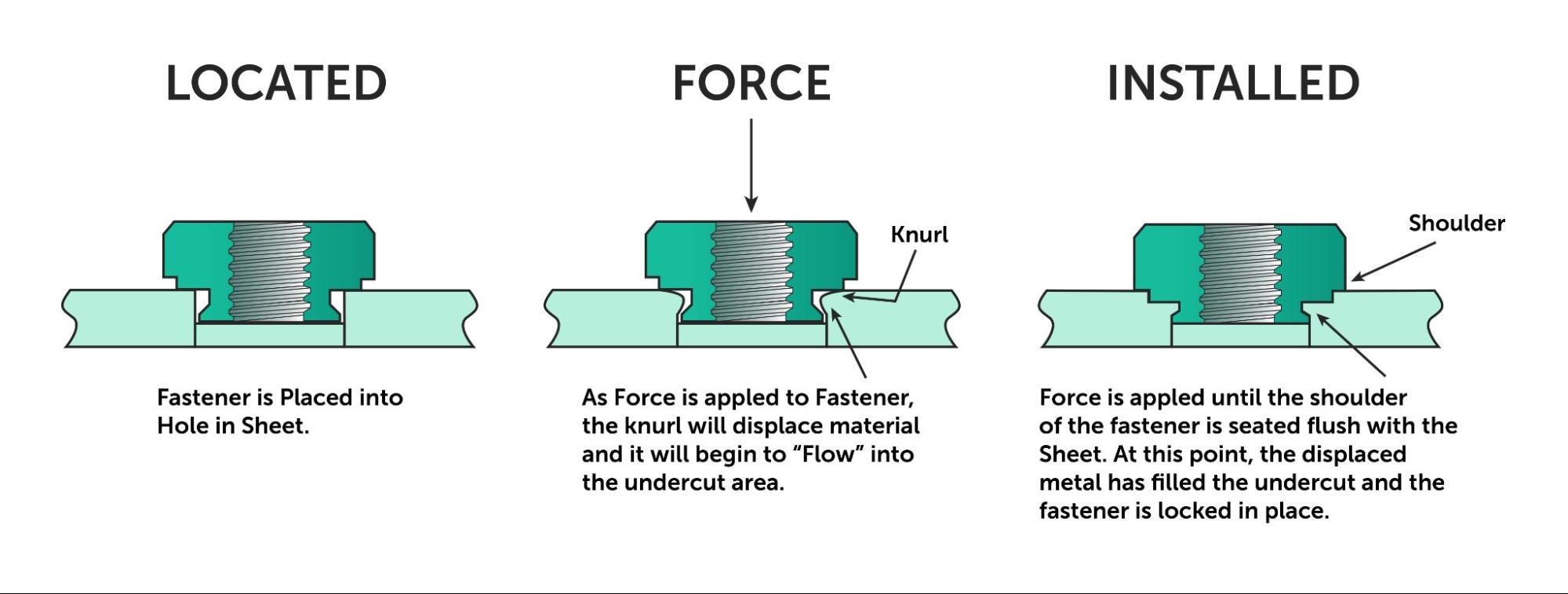
Design Considerations for Self-Clinching Hardware
- Push-out force: Fasteners can be pushed out of the sheet metal by a force acting parallel to the central axis of the nut. The force required may vary from 400 to 2100 N, depending on the size of the nut and the material of the self-clinching fastener. Additionally, a rotational force of 1.3 to 19 Nm applied to the self-clinching hardware can cause it to turn in place, in what is known as a torque-out failure. The moment of force (torque) required to initiate this type of failure also depends on the hardware size and material type used.
- Distance from edge: Consider the distance from the centerline of the fastener to the edge of the sheet metal, ensuring that there is sufficient material to support the load imposed by installing the hardware and the forces applied by the service environment. An edge distance of 1 (minimum) to 2 (preferred) times the hole diameter is required.
- Sheet metal hardness: The sheet metal receiving the self-clinching hardware needs to be ductile and at least 20 points lower than the fastener on the Rockwell B hardness scale.
- Fastener spacing and installation force: To avoid any distortion of the sheet metal, ensure there is sufficient spacing between fasteners, the correct pressing force is used, the punch and anvil are the correct size, and that the installation force is applied perpendicular to the sheet metal surface.
Common Mistakes and How to Avoid Them
- Incorrect hole tolerances: To get a good holding force, the size of the hole and the size of the self-clinching hardware to be installed in it must match. Consult the hardware manufacturer’s data sheet for the fastener and sheet metal combination you are working with to ensure that the dimensions match up
- Wrong fastener for material thickness: Using a fastener that is too long can result in the thread being crushed, making the thread “tight”. Use the materials data sheet to select the right self-clinching fastener for the material thickness.
- Misalignment: Nuts can be seated at an angle or off-center. To avoid misalignment and uneven pressing, ensure that the fastener is positioned squarely in the hole and that the correct anvil and punch size are used for the pressing operation.
Alternatives to Self-Clinching Hardware
- Welding is a possible alternative to self-clinching hardware, as it produces a strong physical bond. However, the heat from the welding process can degrade a metal’s strength and damage its coatings. Welding can pose a fire safety risk, depending on where it is being welded, and can not be disassembled.
- Rivets are another alternative, and are a more efficient process than welding. Rivets can also be drilled out to remove a panel. One drawback of most rivets is that they must be installed in situ, requiring access to both sides of the installation. Pop rivets can be used to overcome this, but they are more expensive and less durable.
- Adhesives can be used to attach sheet metal and can leave a more aesthetically pleasing and aerodynamic profile. Assembling two panels by gluing them can also spread applied loads more uniformly over the surface. However, adhesive bonds rely on difficult preparation of the bonding surfaces, take longer to assemble, and are not suitable for high-temperature applications.
Industry Applications and Real-World Examples
- Automotive: Self-clinching nuts are used on the drip bars of A-frame pillars, bumpers, seat belt assemblies, and in engine skidplates. They are lightweight and make for easy assembly.
- Consumer electronics: PEM standoffs are used in laptop computer cases as mounting points for printed circuit boards. By doing this, they create a space between the board and the laptop case to allow circuit boards to have electronics on both sides.
- Aerospace: Panel fasteners are used for aircraft skins to reduce the weight of assemblies and reduce the number of operations needed during the manufacturing process. This type of fastener is used specifically on panels that are required to be removed for maintenance.
- Industrial machinery: Self-clinching fasteners are used where sheet metal panels need to be removed for access to the internals, and the sheet metal is too thin to be threaded.
Choosing the Right Sheet Metal Fastener
Choosing the right sheet metal fastener is about weighing the ease of manufacture against load-bearing strength, ease of maintenance, and the sheet metal material being used. There are many more options than discussed in this blog, and finding the right fastener solution can be challenging. To get help with choosing the right fastener and gain access to a larger supply chain, contact the Fictiv team.
Need precision sheet metal parts with integrated fasteners? Fictiv offers sheet metal fabrication, PEM installation, and assembly with free instant quoting and expert DFM feedback.
